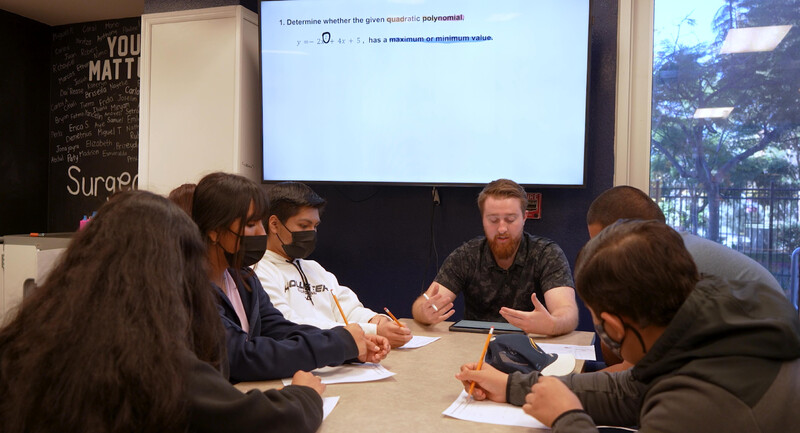“Literacy truly is liberation,” write Douglas Fisher and Nancy Frey, “as it builds the critical thinking necessary to understand information in context—and recognize misinformation.” For their Show & Tell video column in the May issue of EL magazine, the veteran educators unpack what literacy means in different disciplines—literature, science, history, and mathematics—and explore these disciplinary literacies as they relate to social justice in schools.
But what does disciplinary literacy have to do with social justice? Fisher and Frey explain that “exploring issues of power, inequality, and the human condition requires the ability to think critically.” And students develop their critical thinking skills when they understand how to analyze content in context. By recognizing that texts follow certain conventions from discipline to discipline, students are better equipped to approach language with a critical eye, honing a multidisciplinary ability to carefully investigate the content they encounter and assess how it functions.
In the video that accompanies this month’s column, a high school mathematics teacher talks students through the steps involved in solving a math problem. But he is not simply telling them which steps to take to get to a solution. Instead, he is modeling for students the vocabulary and decision-making actions involved in developing literacy in math.
The teacher, Jacob Hampson, uses a think-aloud approach to demonstrate his thought process when encountering a word problem. This approach allows him to show students—from start to finish—how they can break down complex problems into manageable parts and identify “our best tactic to answer the question.”
Hampson begins by helping students identify the purpose of the problem. “I’m going to start by reading through the entire question,” he says. “That way, I can get a broad sense of what the question is asking me to do.” Hampson then repeats the question in smaller parts, showing students how mathematicians would identify specifically what the question is asking for, and even breaking individual words like “polynomial” into parts: “I know that ‘poly’ means multiple . . . and ‘nomial’ means terms. So, my example that I’m looking at has multiple terms.” Hampson continues thinking aloud in this way, breaking a big problem into smaller and smaller parts until he’s arrived at a solution: “Really, our answer is right there for us, but we have to be able to make sense of the problem and identify what it’s asking for.”
Fisher and Frey note that mathematical literacy in particular “can be challenging for students, who may focus on the story, but not necessarily the logic needed to arrive at the solution.” They explain that by breaking down a problem and understanding its parts—as Hampson demonstrates—students are better able to understand not just what steps to take in a given problem, but how a mathematician makes decisions in their discipline more broadly.
“The subject-matter expertise of teachers is essential for students to gain knowledge and the ability to interpret texts accurately—critical thinking at its finest,” write Fisher and Frey. “In a time when unsupported and harmful misinformation is just a click away, apprenticing students into the ways we closely analyze content gives young people tools to shape their worlds.”









